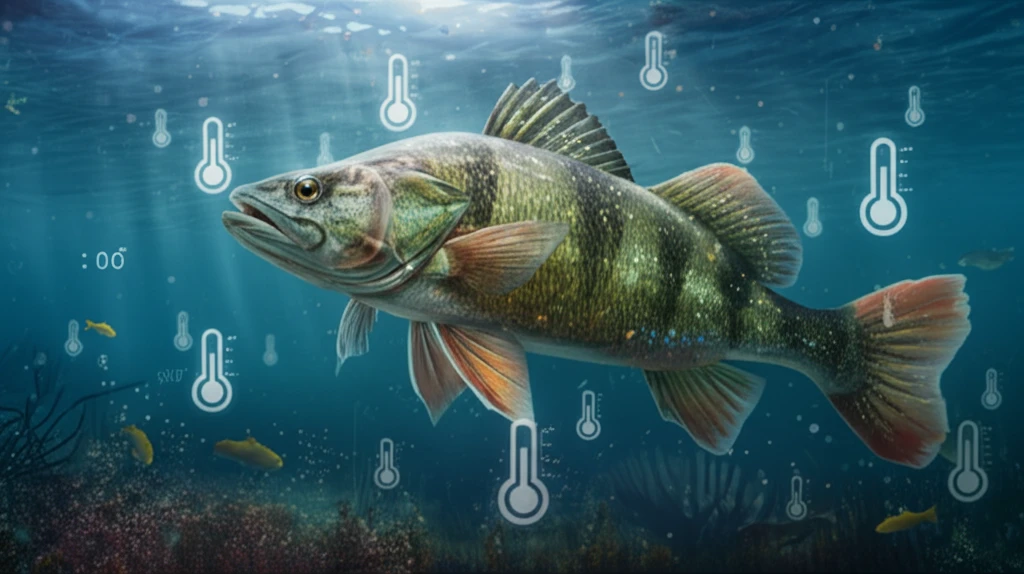
Can Tropical Fish Adapt? How Nile Perch are Defying Climate Change Predictions
"New research reveals surprising resilience in Nile perch, challenging assumptions about tropical species and their ability to cope with warming waters. Discover what this means for the future of fisheries and food security."
Climate change is rapidly altering aquatic ecosystems, and scientists are working tirelessly to understand how various species will respond. A prevailing concern has been the vulnerability of tropical fish, often assumed to have narrow thermal tolerance windows due to their evolution in relatively stable environments. However, recent research is beginning to challenge these assumptions, revealing surprising adaptability in some species.
One such study focuses on the Nile perch (Lates niloticus), a commercially important fish in Lake Victoria, East Africa. This species, crucial for both economic stability and regional food security, faces increasing water temperatures due to anthropogenic climate change. The research investigates the thermal plasticity of Nile perch, examining their metabolic performance across a range of water temperatures and acclimation times.
The findings offer a fresh perspective on the resilience of tropical fish, suggesting that some species may possess a greater capacity to adapt to warming waters than previously thought. This discovery has significant implications for predicting the impacts of climate change on fisheries and for developing effective conservation strategies.
Nile Perch: Challenging the Status Quo

The study, conducted by Elizabeth A. Nyboer and Lauren J. Chapman, explored the metabolic responses of Nile perch to elevated temperatures and varying acclimation periods. The researchers measured critical thermal maxima (CTmax), aerobic scope (AS), and excess post-exercise oxygen consumption (EPOC) in Nile perch exposed to different temperature regimes over both short (3-day) and longer (3-week) durations. Their aim was to assess the fish's ability to adjust physiologically to rising temperatures, a critical factor in determining their long-term survival.
- Acclimation increases thermal tolerance: Nile perch can adjust their upper thermal limits with longer exposure to warmer temperatures.
- Aerobic scope maintenance: The fish can maintain high aerobic scope even at temperatures beyond their current range.
- Improved energy utilization: Acclimated Nile perch showed lower EPOC, indicating more efficient energy use.
- Growth benefits: Improved growth rates were observed at higher temperatures over the acclimation period.
Implications for a Warming World
These findings challenge the widely held belief that tropical species possess limited capacity to cope with thermal stress. The Nile perch's ability to enhance their thermal tolerance and maintain metabolic performance suggests a potential for resilience in the face of climate change. The observed improvements in growth and condition at higher temperatures further reinforce this optimistic outlook. However, the authors emphasize the need for further research, particularly studies spanning longer exposure times and multiple life stages, to fully understand the long-term effects of chronic thermal stress on Nile perch populations.
